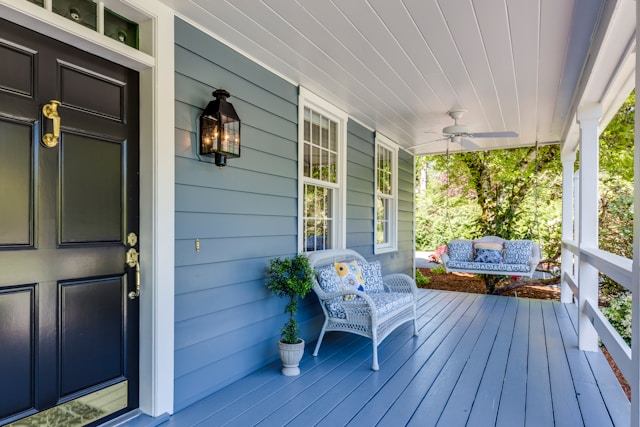Modern Outdoor Construction: Engineering Functional Exterior Spaces

In contemporary construction, outdoor spaces have evolved from basic areas to functional extensions of interior living. From traditional patios to sophisticated landscaping systems, modern outdoor design combines innovative materials with architectural planning to create durable and visually appealing environments.
The fundamentals of quality outdoor construction include efficient drainage systems, weather-resistant materials, and seamless transitions between spaces. These elements ensure durability and low maintenance across diverse climates.
Exterior Space Engineering
Modern outdoor construction requires careful planning of slopes, advanced waterproofing systems, and selection of non-porous materials. Current techniques include floating slabs with expansion joints, automated irrigation systems, and bioclimatic structures for thermal regulation.
"A well-designed outdoor space is a perfect transition between architecture and nature, where every material must withstand the elements without compromising aesthetics."— Carlos Mijares, Landscape Architect
Innovative Outdoor Solutions
The industry now offers permeable pavers, thermally-modified wood, and lightweight solar-control roofing. Recent advancements include photocatalytic surfaces that reduce pollutants and modular terrace systems with integrated utilities.
Key Outdoor Components
- Root-resistant membranes for green areas
- Structural aluminum framing
- Low-voltage LED lighting
- Modernized French drain systems
Future trends include smart surfaces with moisture sensors, solar-integrated outdoor furniture, and efficient exterior climate control systems. This blog explores how outdoor automation and self-healing materials are transforming exterior spaces into technologically advanced environments.